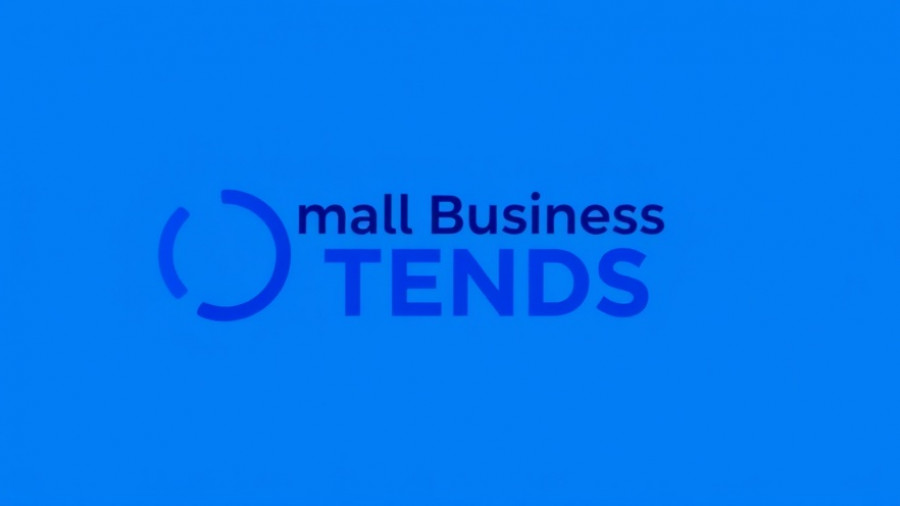
Unlocking Career Potential Through Upskilling
In today’s ever-evolving job market, upskilling has become imperative for professionals aiming to advance their careers. As industries shift towards technology-driven solutions, organizations are recognizing the need for agile learning environments that foster employee growth. Companies like AlphaSights, Murex, ConnectWise, Supportworks, and Mastercard exemplify innovative approaches to upskilling, demonstrating how a focus on continuous learning can lead to significant productivity gains.
Real-World Training Successes
Case studies from leading companies show various methods for implementing useful training programs. For instance, AlphaSights has engaged 27% of its workforce in creating course content. This strategy enhances engagement and knowledge sharing, resulting in an impressive 95% course completion rate. By leveraging internal expertise, they promoted a culture of interactive learning rather than passive absorption, transforming traditional training into an engaging experience.
Murex: Collaborative Learning at Its Core
Murex has taken collaboration to the next level by integrating project management tools with its learning platform. Their approach includes weekly trainings led by over 400 internal experts, and the publication of more than 350 courses. This not only caters to diverse learning needs but also encourages continuous feedback among employees, fostering a supportive learning culture.
Integrating Learning into Daily Routines
ConnectWise offers another model for success with its innovative teaching methods. Their streamlined training approach minimizes disruption to daily workflows, empowering employees to learn in the flow of work. This method not only reduces course delivery time but also fits seamlessly into the schedules of busy professionals, making learning more accessible and relevant.
Supportworks: A Focus on Leadership Skills
With its ManagementU program, Supportworks emphasizes the importance of leadership training. By blending various learning techniques, this initiative helps enhance employee retention rates while offering clear pathways for career development. Such investment in leadership skills is crucial, considering that strong leadership is often a defining factor in organizational success.
Mastercard’s Commitment to Continuous Learning
Lastly, Mastercard’s upskilling platform boasts participation from 90% of its employees, showcasing a company-wide commitment to continuous development in an increasingly tech-centric world. Their initiatives not only elevate individual performance but also contribute significantly to overall organizational productivity.
These insights underscore a critical message for career development: upskilling is not merely an option—it is essential. Embracing a culture of continuous learning allows individuals and organizations to stay competitive and innovative in their industries.
As the demand for skilled workers rises, professionals are encouraged to seek out training opportunities within their organizations and advocate for resources that facilitate personal and professional growth. This proactive approach to developing new skills can lead to rewarding advancements in your career.
 Add Row
Add Row  Add
Add 

 Add Row
Add Row  Add
Add 



Write A Comment